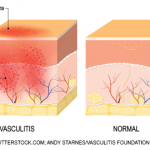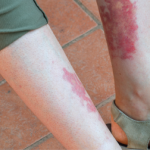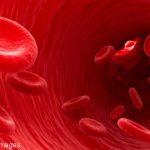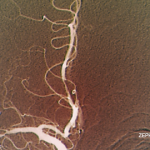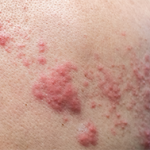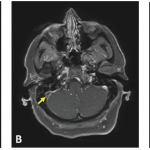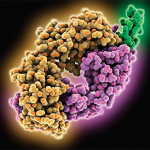I would like to tell you a story. Two, actually. I am just returning from the 19th International Vasculitis and ANCA Workshop, which is always a fascinating meeting. In its inception, it was a workshop, in the true sense of the word. Now, we discuss anti-neutrophil cytoplasmic antibody (ANCA) testing as casually as we discuss…

